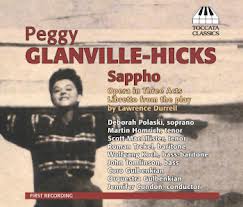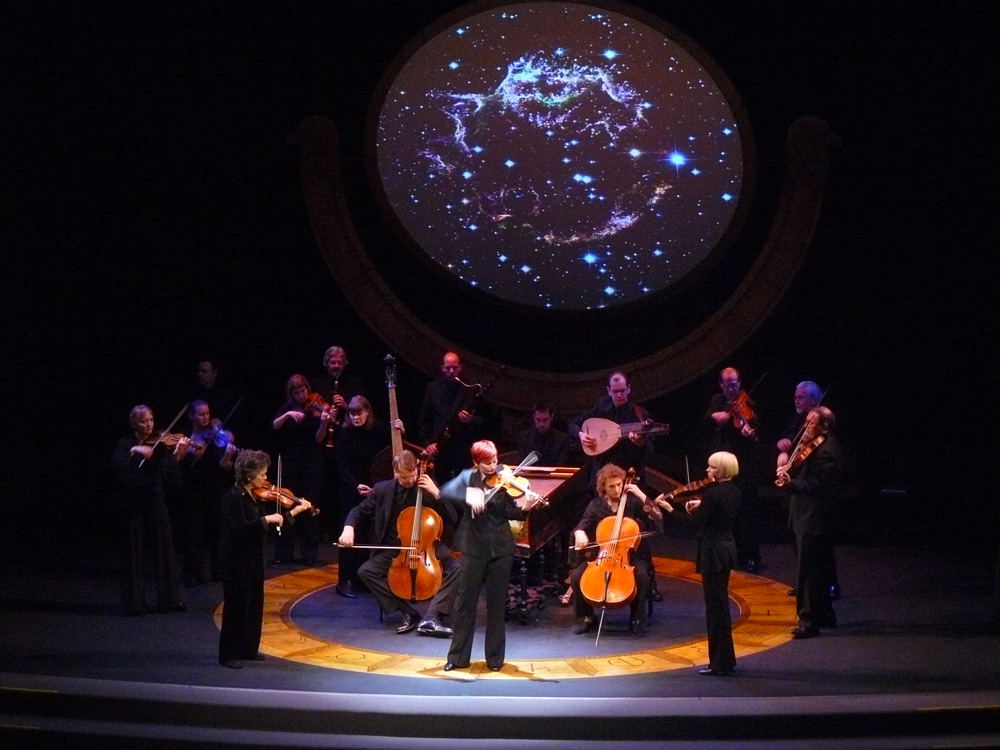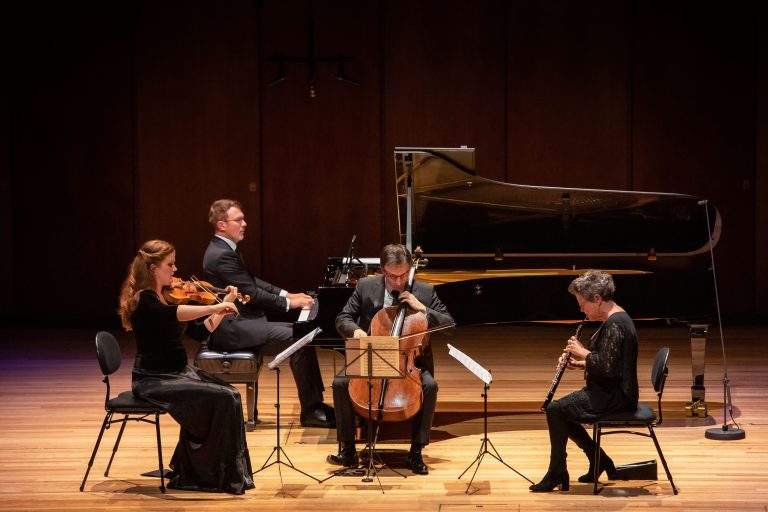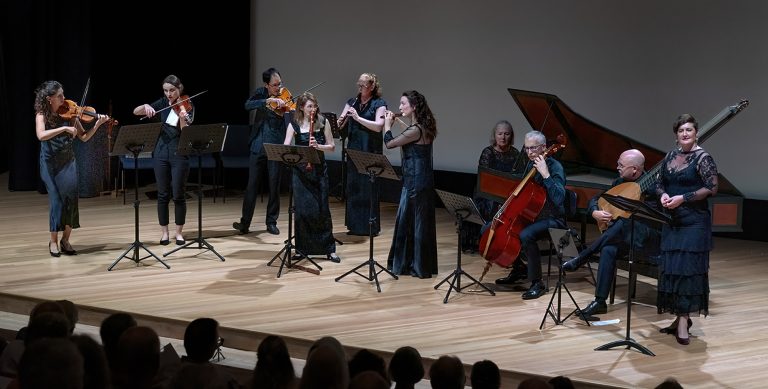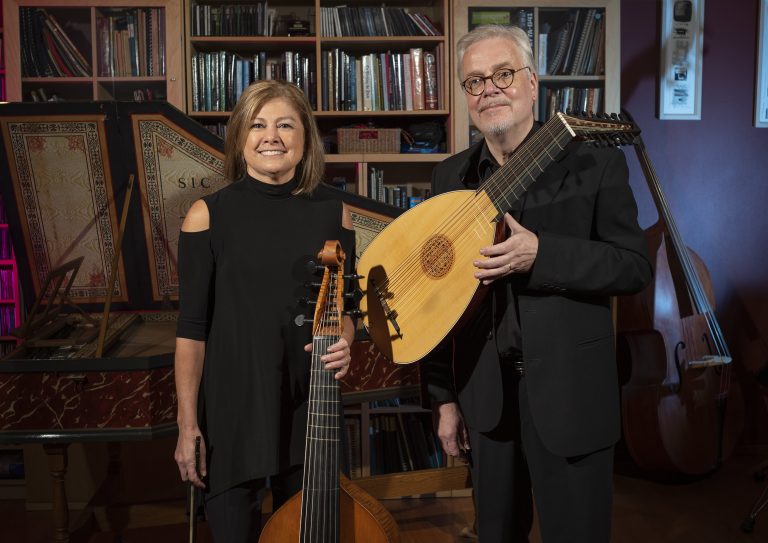Album Review: Fika/ Elysian Fields

Fika/ ElysianFields/ Move Records
Jenny Eriksson and her ensemble Elysian Fields have released Fika (pronounced ‘fee-ka’), a 9-track, album with 50+ minutes of music. The title refers to the Swedish tradition of Fika, where friends and colleagues gather over a cup of tea or coffee and a snack. More than just a break for refreshment, Fika is said to be an essential daily ritual, a mind-set and an important part of Swedish culture which makes time for friends and colleagues to relax and catch-up.
The music on Fika is a fusion that transcends jazz, classical and folk idioms, although it really has its own identity, created from the deep Scandinavian roots of Eriksson and her troupe.
Elysian Fields comprises Eriksson on the electric viola da gamba, Susie Bishop doubling up on violin and vocals, pianist Matt McMahon, Siebe Pogson on bass guitar, Dave Goodman on drums and album producer Matt Keegan playing saxophones.
Listening to the tracks, I am aware that this is ‘living’ music – written by contemporary legends but embracing ideas from the past and developing new ideas from the present. Riffs on the saxophone, punchy drumming, plaintive homophony, dance rhythms and pure-toned singing, pay homage to its many stylistic influences. The centrepiece of the project however, is the viola da gamba whose electrification by Eriksson deflects the penetrative limitations of the original unamplified instrument, creating a distinct sound. As Eriksson observes in her notes: “After all, the viola da gamba is best known as a refined instrument of the French baroque court…”. Sensitive electrification has paved the way for the gamba to diversify its style, combining incisively with larger ensembles and newer configurations of instruments.
Norwegian jazz great Jan Gunnar Hoff has two pieces on Fika. He trained in classical piano from the age of 10, moving to a healthy teenage interest in progressive rock, following bands like Pink Floyd and Emerson, Lake and Palmer. He began his jazz career in the 1970’s and is now known for his classical style influenced by jazz, folk, funk, and rock.
Opening the album is his piece Living, arranged by Eriksson. Personally supportive of the project, Hoff observes that he wrote Living during December, “the darkest period of the year in Norway,” where he lives just above the Arctic Circle. Hoff uses poignant modal melodies and multi-metric rhythms to describe “the northern lights and the spectacular views and landscapes of the north.” Hoff’s second piece, as suggested by its title, Meditatus is also arranged by Eriksson and is a contemplative piece using the words of the Kyrie from the Latin Mass. Anchored by Matt McMahon’s keyboards, Susie Bishops plangent vocals are echoed by Eriksson’s gamba, alternating with a free-wheeling improvisatory interlude by Matt Keegan on the saxophone.
Matt McMahon has arranged Frid på jord, a lament by Swedish folk singer Sofia Karlsson, sung with impressive silken tone and control by Bishop. Bishop herself has two folk song arrangements on the disc. Vi ska ställa till en roliger dans is a catchy rustic number which would not be out of place at a country fair or pub. It contrasts with Bishop’s other arrangement of När som jag var på mitt adertonde år, a song about unrequited love, its vocal line replete with simple ornamentation and microtones, sung over a drone bass.
Låt till Far (Tune to my Father) was written by the Swedish fiddler Pers Erik Olsson for the birth centenary of his father, Pers Olof Olsson, also a well-known fiddler. It seems that fiddle playing runs in the family as Pers Erik’s son, Pers Hans Olsson is also a fiddler. Eriksson notes that this tune would traditionally be played by a small violin ensemble. On Fika, it has been transcribed by Andersson and McMahon for a beautifully blended trio of violin, gamba and piano.
Commissioned by Eriksson, Keegan’s Cold Soul paints a landscape of imposing ice-bound mountains melting into a free-spirited improvisation around a two-note theme and a crisply dotted four-note undertow. Siebe Pogson’s The Tragedy, the first of a trilogy, commissioned by Eriksson, is set high in the tessitura and pushes Bishop’s vocals to the extreme. A soft and gently rhythmic extemporisation thins out to end with sax and gamba playing in unison, over a chordal piano part.
Esbjörn Svensson’s Belive Beleft Below is a love-song built on a simple rising arpeggio figure. Like Jan Gunnar Hoff, this late Swedish jazz musician’s first experience of music was in the classical style. As a teenager, he too pursued an interest in rock music and started a few garage bands with classmates, before returning to classical music and making his way towards jazz, entering music college aged 16, followed by studies at the Royal College of Music, Stockholm. Eriksson has arranged Belive Beleft Below for voice, saxophone and gamba with drums and piano. Susie Bishops’ voice is relaxed and stylish in the exposition of the love story, followed by an instrumental interlude and a reprise of the verse.
The album is accompanied by a booklet with evocative images, song texts, their translations and insights from the musicians. The project’s aim of unifying Scandinavian and Australian themes goes a step further with the artworks in the booklet by Swedish painter Nils Gunnar Zander and his depictions of the Australian landscape.
It is hard to imagine a more dramatic contrast between the aesthetics of Sweden and those of Australia. With Fika, Eriksson and Elysian Fields have bridged that divide.
A soothing listen, perfect for intimate times with family and friends.
Shamistha de Soysa for SoundsLikeSydney©


